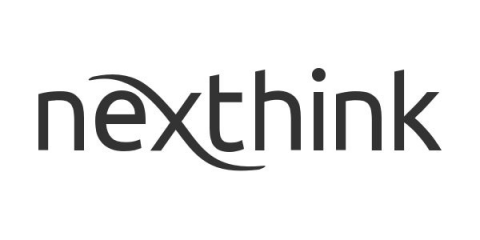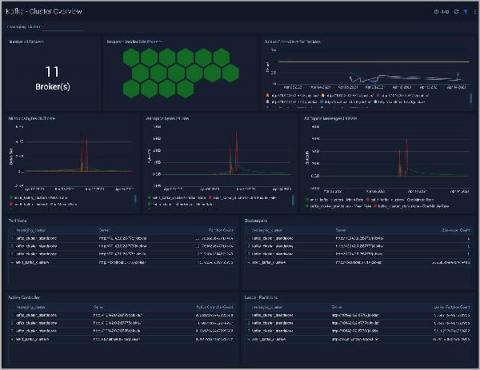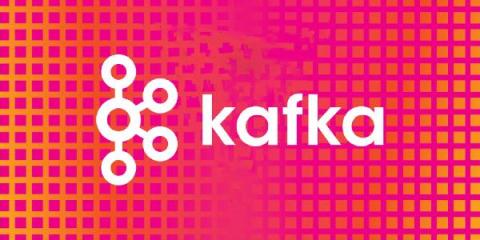Operations | Monitoring | ITSM | DevOps | Cloud
Kafka
Adapting Legacy Systems to a Stream-Based Platform
In a perfect world, small pieces of software scale up and down with a high-performance message broker like a heart, pumping data in a controlled, efficient manner. However, at some point, in every single system, an application starts pumping out large data requests, in a sporadic, uncontrollable manner. Because here, we are talking about the real world, right? In this article, we will address the problem of adapting a legacy system to play with a stream-based platform.
Manage Apache Kafka Connect connectors with kcctl
5 reasons why you should be using MirrorMaker 2.0 for data replication
Apache Kafka Tutorial: Use Cases and Challenges of Logging at Scale
Enterprises often have several servers, firewalls, databases, mobile devices, API endpoints, and other infrastructure that powers their IT. Because of this, organizations must provide resources to manage logged events across the environment. Logging is a factor in detecting and blocking cyber-attacks, and organizations use log data for auditing during an investigation after an incident. Brokers, such as Apache Kafka, will ingest logging data in real-time, process, store, and route data.
Aiven launches Kubernetes Operator support for PostgreSQL and Apache Kafka
JobCloud builds event-driven architecture with Aiven | Case Study
Get comprehensive monitoring for your Apache Kafka ecosystem instances quickly with Grafana Cloud
We are happy to announce that the Kafka integration is available for Grafana Cloud, our composable observability platform bringing together metrics, logs, and traces with Grafana. Apache Kafka is an open source distributed event streaming platform that provides high-performance data pipelines, streaming analytics, data integration, and mission-critical applications.
Monitoring Apache Kafka Clusters with Sumo Logic
Distributed Tracing for Kafka Clients with OpenTelemetry and Splunk APM
This blog series is focused on observability into Kafka based applications. In the previous blogs, we discussed the key performance metrics to monitor different Kafka components in "Monitoring Kafka Performance with Splunk" and how to collect performance metrics using OpenTelemetry in "Collecting Kafka Performance Metrics with OpenTelemetry." In this blog, we'll cover how to enable distributed tracing for Kafka clients with OpenTelemetry and Splunk APM.











